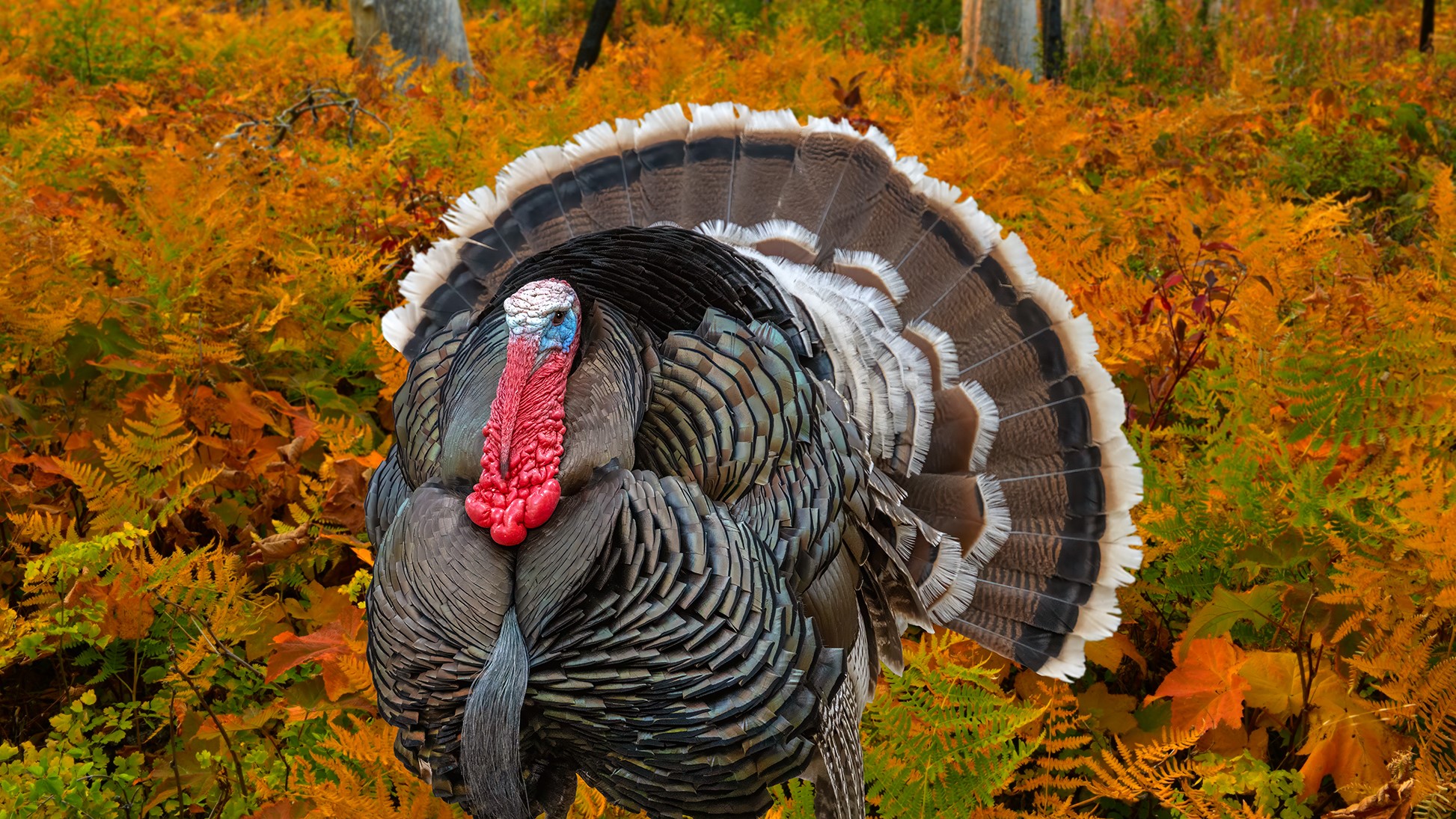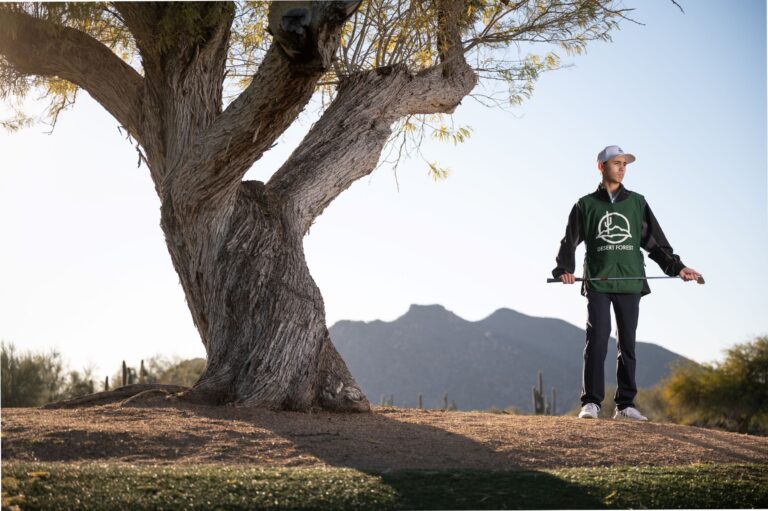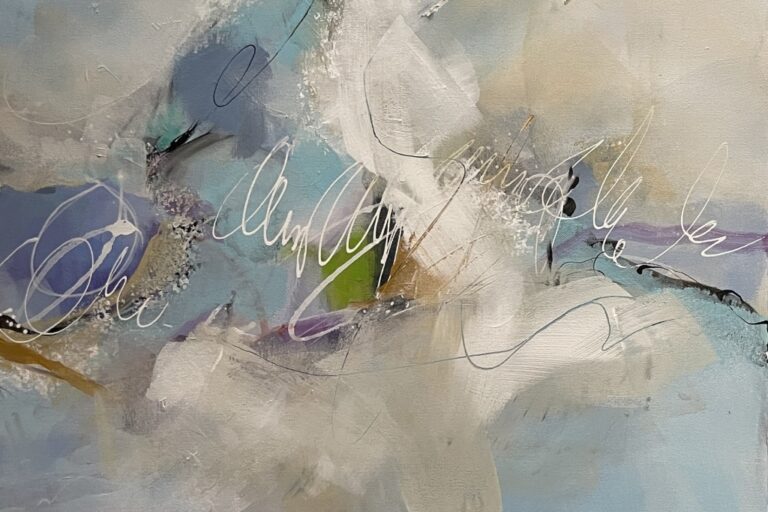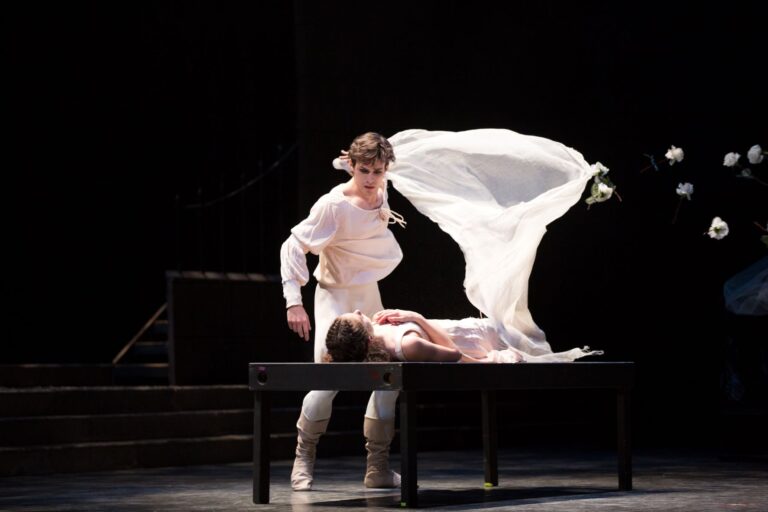Wild Light
Writer Joseph J. Airdo // Photography by Dean Hueber
The Sonoran Desert doesn’t announce autumn with a cascade of crimson leaves or the crisp snap of New England air. Instead, it whispers its seasonal shift through subtler signs — the softer arc of winter solstice light, the restless energy of animals entering mating season, and the unexpected pockets of gold hiding in desert watersheds.
Acclaimed local photographer Dean Hueber has spent years learning to read these quiet cues, developing an intimate understanding of when and where the desert reveals its most spectacular autumn moments. His latest collection captures the surprising vitality of native wildlife during this season of transformation, from the piercing gaze of a great horned owl resting on a tree stump to the playful antics of bear cubs exploring their mountainous domain.
“Traveling through the Sonoran Desert during autumn does not generally present a plethora of fall colors, but if one knows where to look, it can be stunningly spectacular,” Hueber explains, his enthusiasm evident as he describes discovering bigtooth maples in remote canyons and cottonwoods glowing gold along watershed corridors.
This month’s photo essay reveals the desert’s hidden autumn drama through Hueber’s lens — raccoons foraging with increased urgency, majestic elk bugling across mountain meadows, and elusive bobcats emerging from shadows in the season’s forgiving light. Each image tells a story of adaptation and survival, captured during that magical window when the sun sits lower in the sky, creating what Hueber calls “photography lottery” conditions.
For Hueber, beauty remains the driving force behind every frame, but his definition has evolved to embrace the unexpected moments that wildlife photography demands.
“This is not our planet — it belongs to all living creatures,” he reflects, “and we need to balance our needs with those of the many animals we share our state with.”
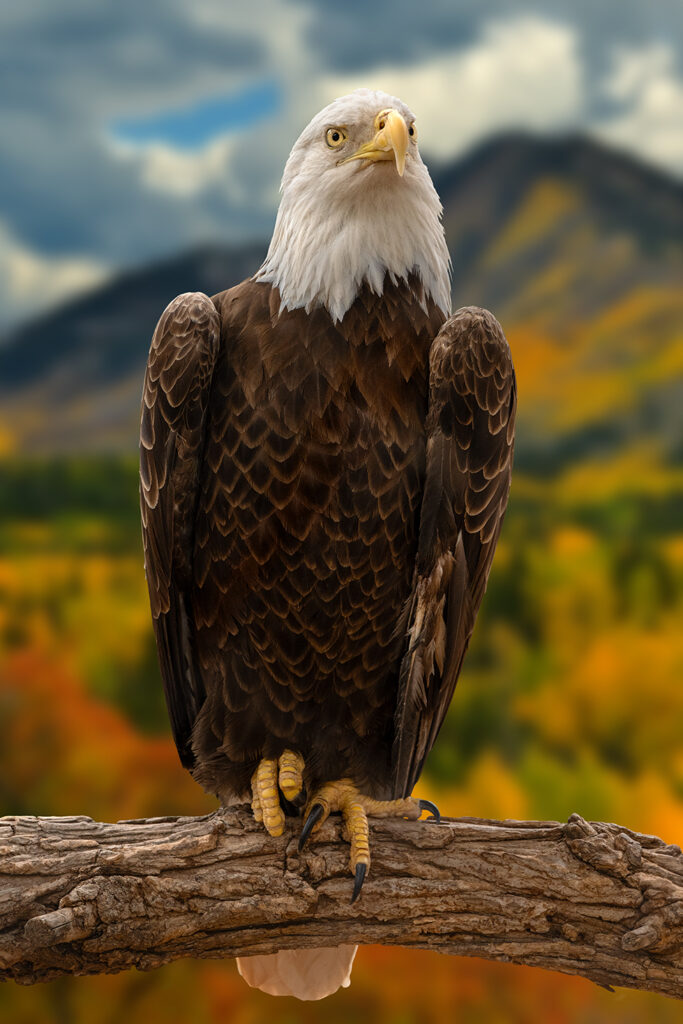


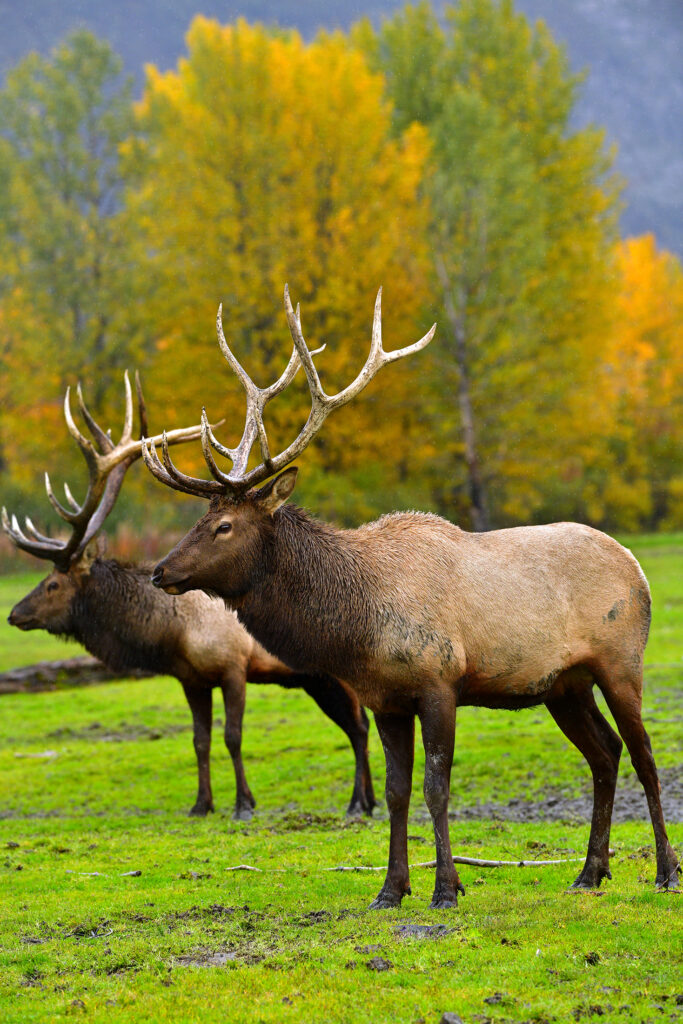


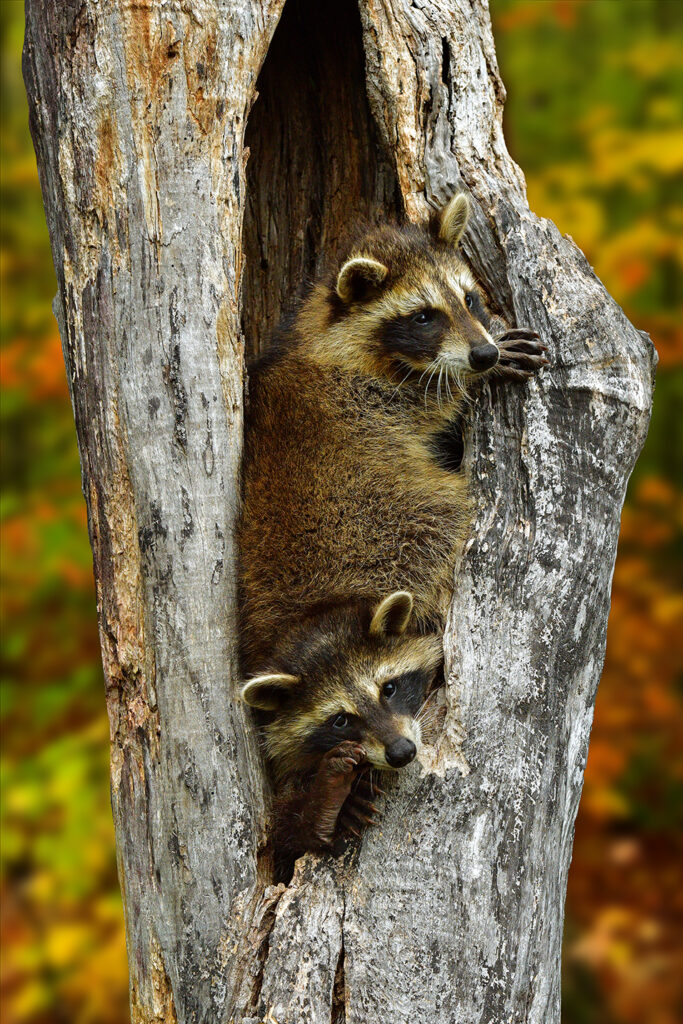








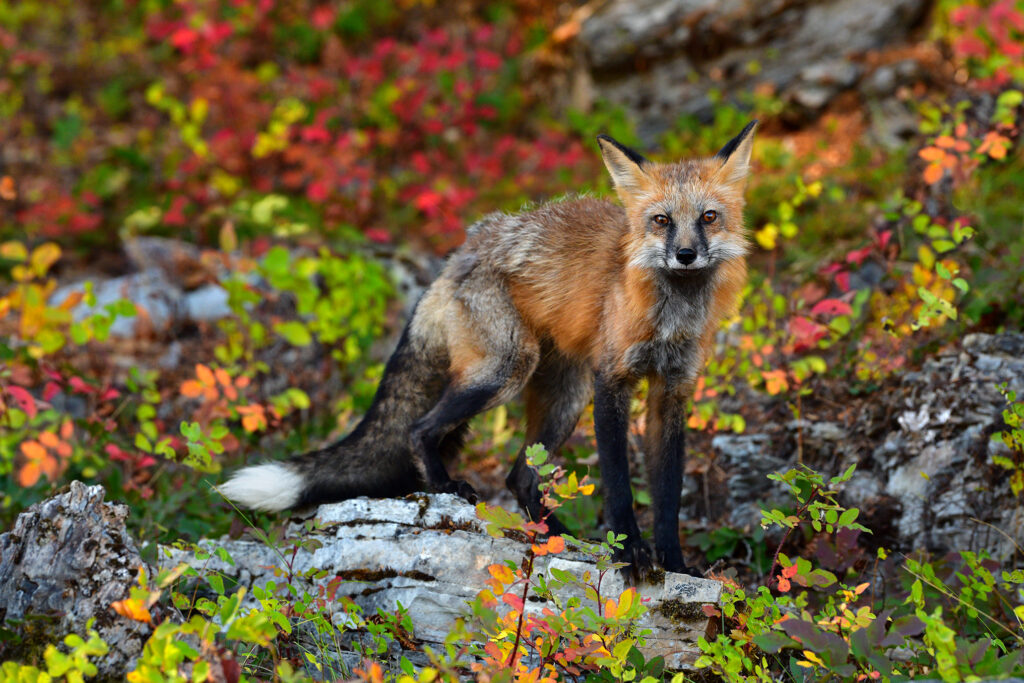


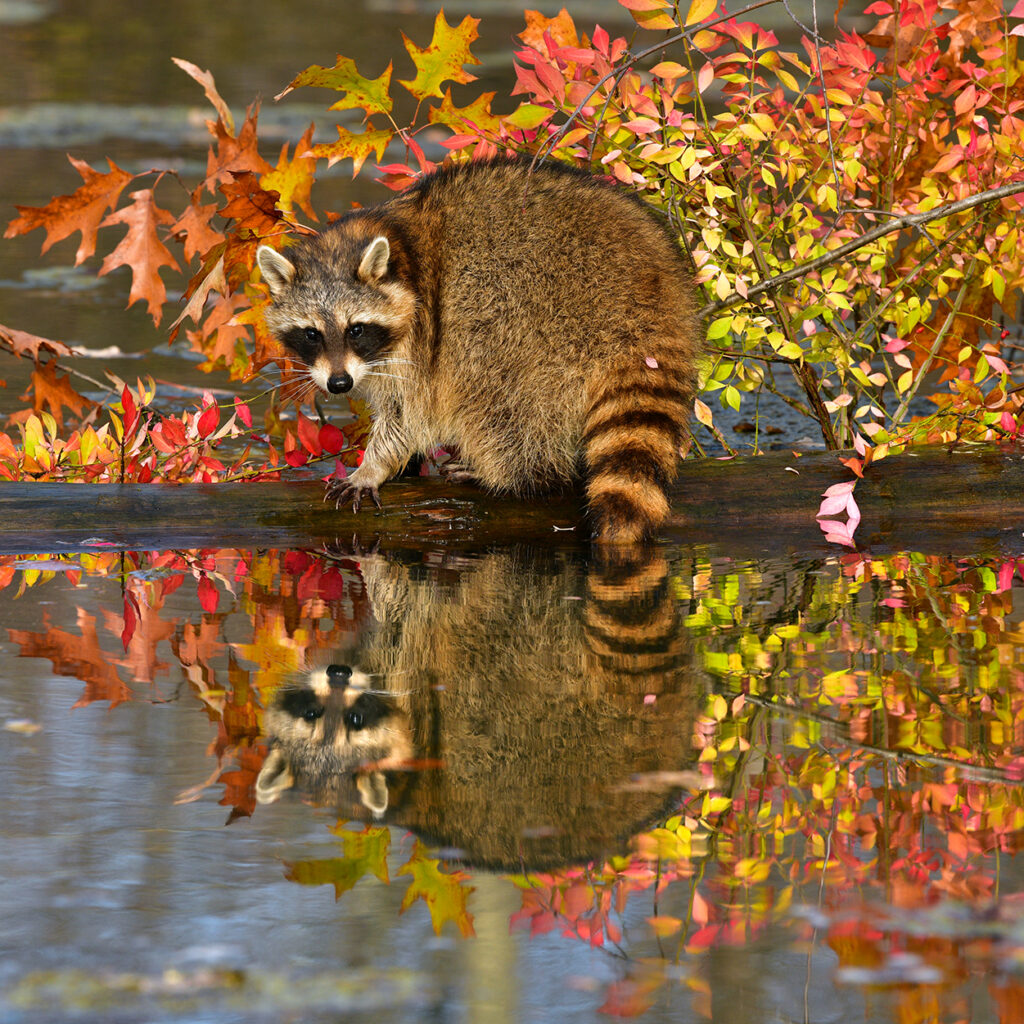


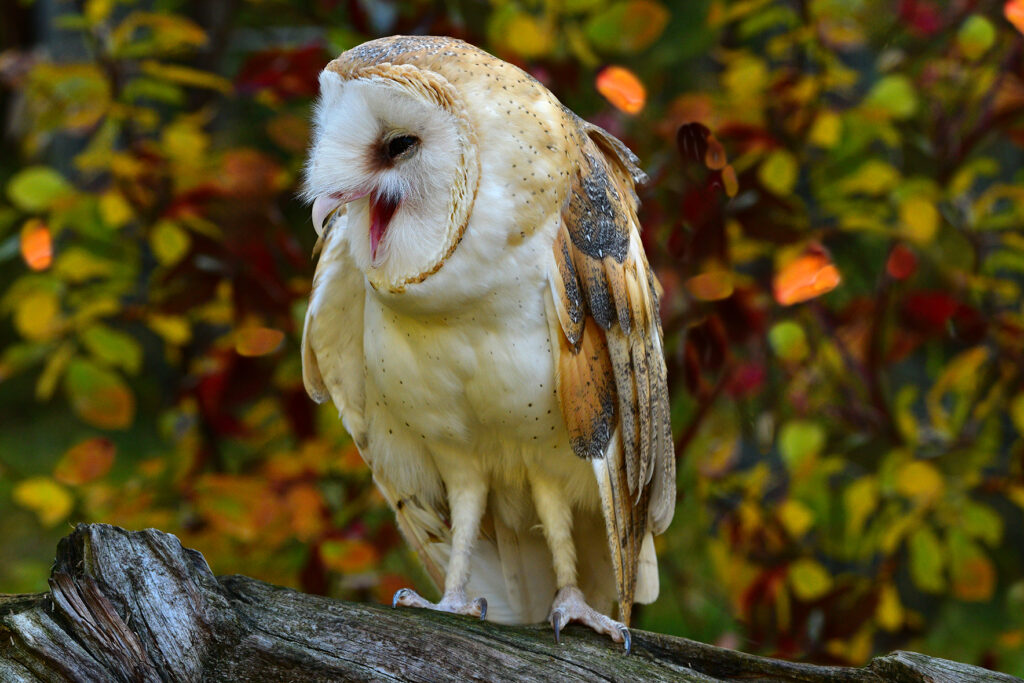


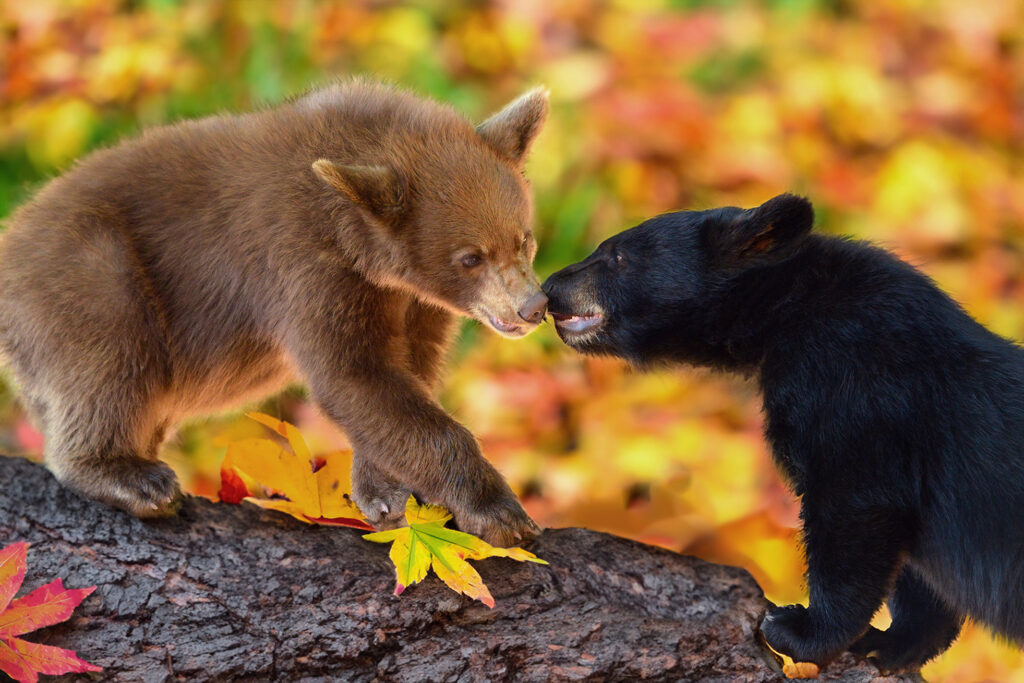





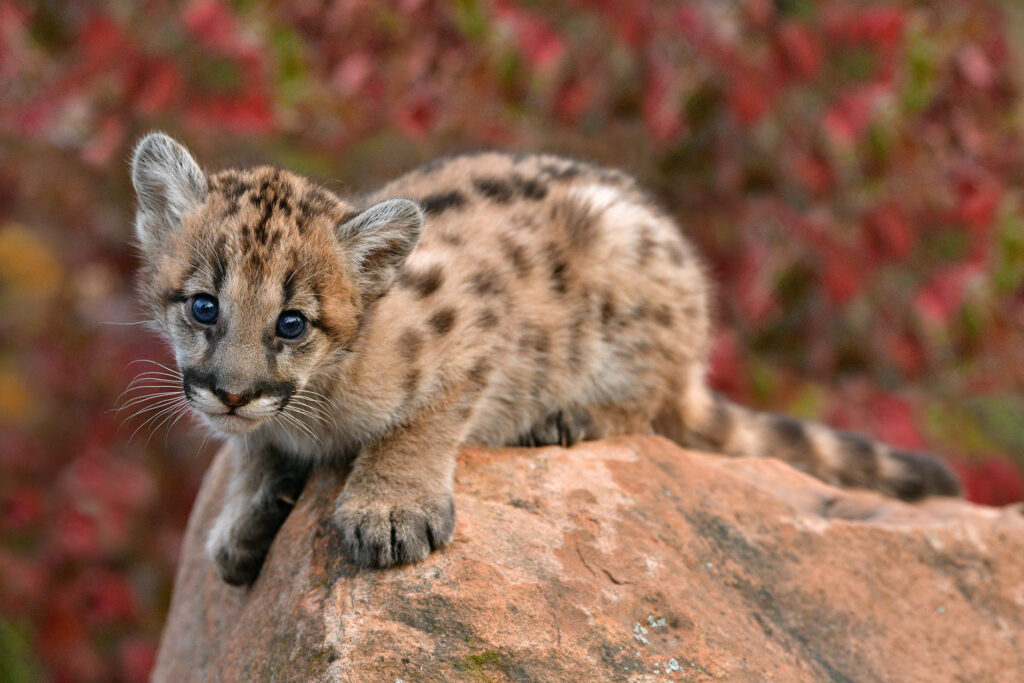


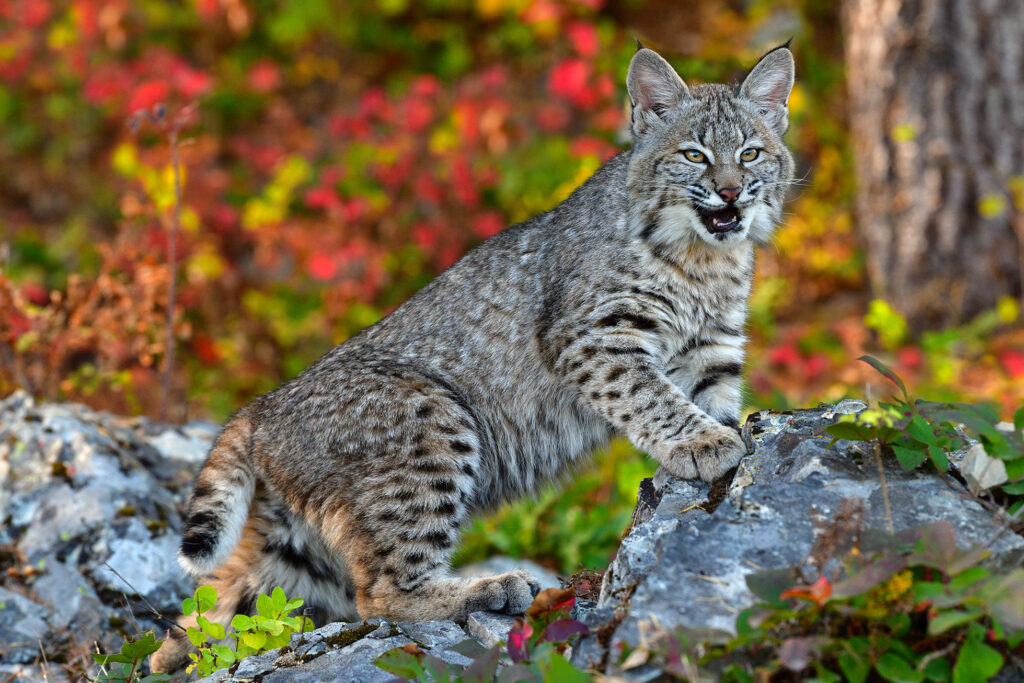


About the Photographer
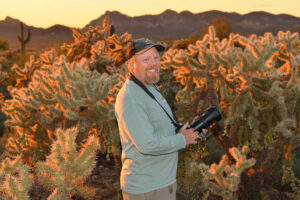


Dean Hueber’s journey from a Buffalo suburb to becoming one of Arizona’s most respected nature photographers began with a childhood fascination that drew him up water towers to glimpse unobstructed star-filled skies. Those early moments of wonder, combined with college dorm walls decorated with images of the Grand Tetons and Yosemite, hinted at a deeper calling that wouldn’t fully emerge until years later.
The transformation occurred during Hueber’s first visit to Yosemite National Park while attending graduate school in Northern California.
“The power of Yosemite was spectacular and overwhelming,” he recalls. “I spent the weekend awestruck, never having imagined that such pure beauty could exist. I had always loved nature, but that was the first time I had truly desired to take photos of it.”
What began as a practical purchase — an SLR camera to document his son’s childhood — evolved into what Hueber describes as a “passionate love affair” with landscape photography. Technical workshops and relentless study of other photographers’ work provided the foundation, but it was the addictive combination of adventure and artistic pursuit that sustained his commitment.
In recent years, Hueber has undergone a significant evolution, transitioning from pure landscape photography to include wildlife subjects. This shift has demanded an entirely different skill set and approach.
“Landscape photography is easy compared to animal photography,” he admits. “With animals, you can decide you want to photograph a particular species, but then you have to figure out where they are.”
His technical prowess has advanced dramatically as well. Hueber now employs sophisticated techniques including focus stacking, focal length blending and multi-image stitching, all enhanced by his Nikon Z8’s superior capabilities. The result is a body of work that captures not just the visual beauty of the Sonoran Desert’s wildlife, but the deeper connection between all living creatures sharing this remarkable landscape.
